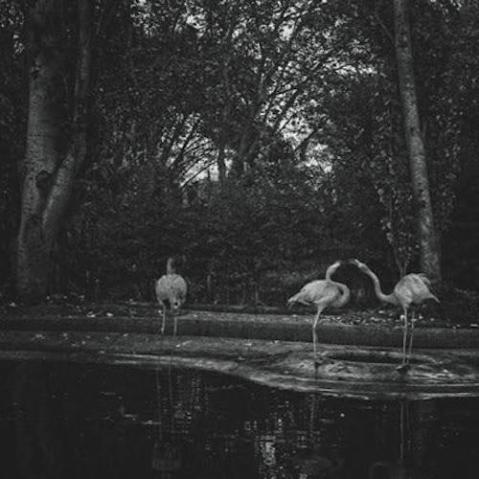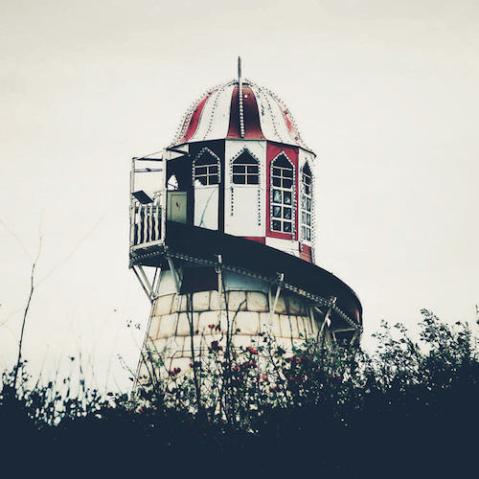Getting a sense of spring in your photos
One of the most challenging aspects of photography in spring is encapsulating a true sense of season in the wider landscape: which means creating a definite sense that a photograph was taken in spring, when the scene in question is a distant, sweeping view.
 This lush landscape doesn’t show the subtleties of spring, and so lacks seasonal context: it could have been taken in spring, summer, or early autumn.
This lush landscape doesn’t show the subtleties of spring, and so lacks seasonal context: it could have been taken in spring, summer, or early autumn.
In autumn, any such photograph is likely to contain warm, yellow-and-orange leaves, while winter will likely consist of already-bare trees and perhaps a covering of snow—both clear indicators of the season in which the photograph was taken. Even summer, with its high, direct sunlight, often-blue skies, and rich green foliage will leave us in no doubt as to when a photograph was made. By comparison, the broader landscape of spring will not necessarily reveal the subtleties of budding leaves on the trees when they’re viewed from afar, and nor will a distant view disclose the emergence of the year’s first flowers.
But this doesn’t mean that photographing the landscape on a large scale isn’t possible—you simply have to work a little harder.
Light and weather
Spring is a great time of year to get out and photograph the end of the day. Since the days are typically short, you can avoid a spectacularly early start or late night while still capturing the times of day when the light is at its best for the majority of landscape photography. In addition, the sun doesn’t rise as high in the sky during the early spring months, which extends the post-dawn period, where the low angle of the light casts beautiful, sculptural shadows across the budding landscape.
 Spring’s highly changeable weather provides the opportunity to photograph the landscape showcasing a wide variety of moods, from warm sunrises to overcast days.
Spring’s highly changeable weather provides the opportunity to photograph the landscape showcasing a wide variety of moods, from warm sunrises to overcast days.
Spring is also a time of year when the weather can be immensely changeable throughout the day: overcast, almost wintry skies can readily give way to rain showers, which in turn can see the clouds break to create truly magical visuals as the sun radiates through. As a result, the main attribute you need in spring is patience. Rather than taking a shot and moving on to a different view or vantage point, wait a while to see what the weather and light will do. Often, the weather can change dramatically in a relatively short time especially when weather fronts are moving in or clearing—allowing you to capture multiple photographic interpretations of the same scene.

Landscape Photography: The Four Seasons is Chris Gatcum’s gorgeous exploration of landscape photography season-by-season, outlining useful tools and techniques particular to the season as the qualities of light and colour—as well as the weather—change around you. This book will inspire you to get out and about, confident of achieving the best possible results—whatever conditions you’re shooting in.
 Landscape Photography: The Four Seasons
Landscape Photography: The Four Seasons
Chris Gatcum
Buy it now!
RRP for print edition: £11.99







